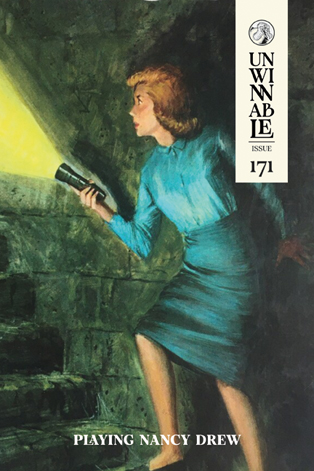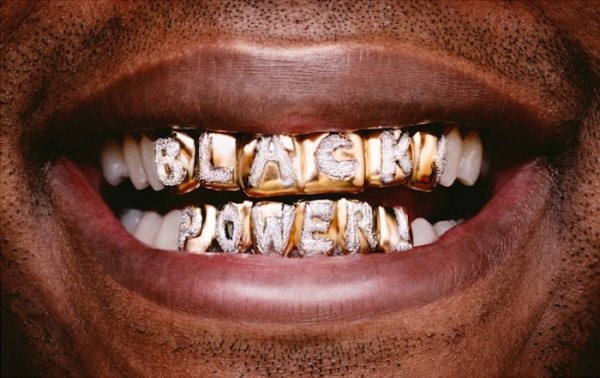
Museum Piece

This column is a reprint from Unwinnable Monthly #171. If you like what you see, grab the magazine for less than ten dollars, or subscribe and get all future magazines for half price.
———
Now this.
———
With the entrance of 2024 upon us, the 50th anniversary of hip hop is officially over. But, before I let go of this momentous point in culture, I was able to go see an awesome exhibit at the St. Louis Art Museum (SLAM) called “The Culture: Hip Hop & Contemporary Art in the 21st Century” during its final two days of exhibition. Like the book on mixtapes I talked about last month, it was a really exciting opportunity to be reminded of the material manifestations in hip hop across the last five decades.
The exhibit was curated in a more interesting method than chronological though. As you entered, you were greeted with the famous photograph of “A Great Day in Hip Hop.” Referencing Art Kane’s photo, “A Great Day in Harlem,” XXL gathered rappers, graffiti artists, DJs and dancers from all over the city to show the depth of the culture after 18 years of effort. Now, reflecting back on those formational years, this photograph introduced the 50th anniversary with style and substance unique to hip hop.
Notably, this photograph was juxtaposed by two Jean-Michel Basquiat pieces, just to its right. Opening the exhibit with Basquiat makes total sense. The young street artist has been influential in the development of hip hop culture since the ‘70s. However, I have to applaud the curators as I feel like they made the right move with punting on Basquiat. I do feel like most museum patrons would expect a lot of Basquiat in a hip hop exhibit: he is perhaps the most well-known figure in the genre from the “high” art lens. But by including a couple of his works, almost as an aside, the curators seemed to say, yes Basquiat is important, and he offers a whole world to explore, but there’s also a whole other world to explore within hip hop and art outside of his work.

The exhibit proved just that by focusing on six different themes: language, brand, adornment, tribute, ascension and pose. In addition to standard art museum features, like paintings and multimedia works, the exhibit featured less traditional forms of “high” culture, including designer bags, classic wigs and gold chains and grills. You were even able to scan QR codes and listen to an accompanying song to many of the pieces. I doubt I’ll ever hear “Crank That” by Soulja Boy in a museum again. It was also strikingly contemporary and featured many pieces from the 21st century, including this awesome painting of a samurai riding across a graffiti tagged landscape by Gajin Fujita. They also featured some of the global aspects of hip hop, including a photograph of a Mongolian horse rider who has east coast and west coast tattoos on each arm.
All around, the exhibit felt holistic, ably holding space for the positives of the culture. It did seem to miss a chance for some critique though, rarely delving into the poor treatment of women or its glorification of violence in the culture. However, given that this was meant to be a celebration of 50 years, maybe that additional critical stance wasn’t required here. In fact, maybe by leaving those criticisms to the side the exhibit was showing how those are just part of American culture at large, and not a specific mode only found in hip hop. We are, after all, a country of gun loving patriarchs it seems.
By the end of the exhibit, the “high art” of Basquiat, while clearly still influential for hip hop, was at the back of my mind. Instead, I was elated by being surrounded by one of the defining American cultures for half a century. This showed that hip hop is more than just a genre, more than just a musical style – hip hop is Culture, American culture, and it is magnificent!
———
Noah Springer is a writer and editor based in St. Louis. You can follow him on Twitter @noahjspringer.




